The Article
9000CDT TRANSPORT FROM AUDIOLAB
10th February 2023

A stand-alone CD transport, Paul Rigby wonders if it measures up to other integrated players, its immediate competition and most of all, how it stands up to the mighty 6000CDT
I like CD transports. Rather, I have grown to like them after hearing how they perform when compared to integrated models. That is, instead of the integrated approach of containing the disc transport and the necessary DAC in one chassis, the transport separates the two. So you have the disc holding bit (the transport) in one box and the DAC in a separate box and the two linked via a cable.
In short? This allows each section to arrive in a larger chassis potentially holding better quality components because you have the space to hold them.
Separating the two parts of the CD player also means you lower the noise floor because components are not forced to sit, cheek by jowl, sharing vibrations, sharing electronic contamination and creating hot and steamy high-frequency noise together. I’ve said it before but HiFi is essentially anti-social. The more you separate components, the better your HiFi sounds.
Designers of CD transports know this.
The designer of this transport, Jan Ertner, is top man in Audiolab. He’s the chap who designed the company’s other CD transport, the rather lovely 6000CDT. So he knows what he’s doing.
VS 6000CDT: INITIAL THOUGHTS
So what about this transport? The 9000CDT. What does it give you? And what are the differences between it and the lower cost 6000CDT?
Those difference are pretty significant. For example, in the 9000CDT, available in black or silver, you receive a new tray-bearing transport, the bit that holds and accesses the actual CD disc. That means a new optical system and that means an end to the grab and play loading system and the reintroduction of a loading tray. I know many CD users out there will be happy to see that change.

Like the 6000CDT, the 9000CDT should reduce disc-reading failures because it also includes a built in read-ahead buffer. This should mean that damaged discs have a better chance of being read by this transport. On that subject? I must add that I didn’t have any issues playing the wide selection of CDs offered to my 9000CDT. The motor has also been fitted into its own enclosure with its own power supply.
The temperature-controlled master clock also promises low jitter but we’ll see about that during the sound tests.
VS 6000CDT: CONSTRUCTION & FEATURES
The construction of the 9000CDT is good. Very good indeed. In fact, I much prefer it to the 6000CDT. The 9000CDT has an aluminium base and chassis but it feels stronger than the 6000CDT. Because the 6000CDT was built to a price, its casework could feel a little tinny and, if knocked by finger tips, did come back with slight ringing. The 9000CDT feels stronger and better damped. It’s also slightly heavier than the 6000CDT.
The rear of the 9000CDT is basically the same as the 6000CDT with, from left to right, a rocker power switch and IEC power socket, trigger switches for automation plus a new addition, that is a new USB-A socket to plug in USB sticks to use as a separate source. Again, I’ll test this later on.
You also get optical and coax sockets. I’ll be using the coax port to connect an external DAC or rather, DACs. More on that soon.
The front-left of the 9000CDT exhibits a 4.3inch IPS LCD display – gone is the button array from the 6000CDT – which shows track information, your chosen source and settings information. Settings includes things like your chosen language, dimming of the display itself and more.
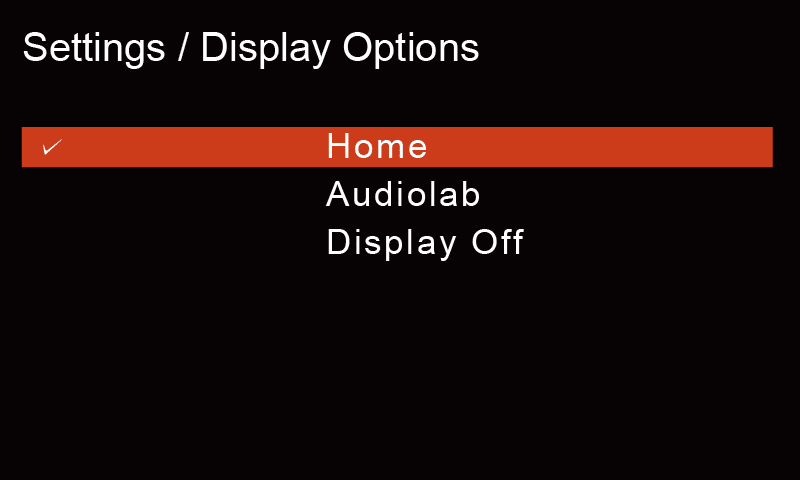
You can see that Audiolab has been influenced by the Omnia all-in-one with this screen. It works well on the 9000CDT. Information is displayed in a large and clear font and you know exactly what is going on inside by the animated images on the display. These animated images can be disabled if you wish.
To the right of that is the CD tray, eject button and rotary knob to select different functions such as track skip forward and backwards or – if the knob is pressed in – to play and pause your music.
Overall, the 9000CDT looks cleaner than the 6000CDT. The latter provides a host of small buttons and I have to say, when positioned on my rather shady HiFi shelf, I often forgot what button did what so often ended up shining a mobile phone torch at them to remind myself what each one did! Mind like a goldfish, I’m afraid. Hence, until the day that Audiolab go physical VU meters and chunky toggle switches, the 9000CDTs new, visual and rather simplified interface is fine with me.
Oh and a rather familiar remote control is also included with the 9000CDT, it’s the same one as supplied with the 6000CDT.
SOUND QUALITY
To begin I wanted to establish this machine’s credentials as a CD transport. To establish its relative sound position when compared to a standard integrated CD player. So I brought in a similarly-price Leema Elements which is an excellent performer as an integrated design. I recommend it if you’re after an integrated option, especially if you want a small footprint model.
VS INTEGRATED CD PLAYER
To retain the similar-ish price, I hooked the 9000CDT to a low-cost Topping DAC, the original issue E30 priced at around £130 or so. Meaning the combo was priced around £1,130 or £1,210 with the connecting QED coax cable in added to the mix. The Leema is priced around the £1,450 mark.
I began with a relatively simple, light-of-mood track from future Camel keyboardist, Pete Bardens who was in an Arlo Guthrie, Alice’s Restaurant kinda mood. This was a rather light-hearted song called Homage to the God of Light which was full of acoustic guitars, backing harmonies, lots of secondary percussion and cheerful whistling. I love the playful ending to this one.
The first thing I thought to myself when I started to listen to the 9000CDT?
“It’s a tambourine!”
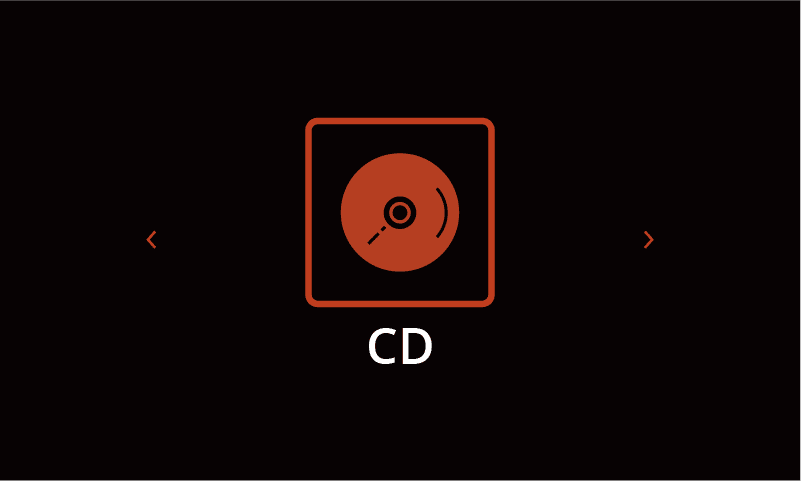
One of those secondary percussion instruments I mentioned? I wasn’t too sure if it was a maraca or tambourine or something else. The instant extra clarity from the 9000CDT well, clarified that point. So actually, clarity and detail was there in abundance because I could hear the little bell-like cymbals shaking their little hearts out as the tambourine was being struck.
Next, the lower frequencies helped the acoustic guitar sounds because I could now hear a deep resonance from the same. Almost as if you could better hear the bass notes from the guitar body itself.
Speaking of acoustic guitars, I also noted how much firmer were the guitar plucks. The strings sounded substantial. There was meaning behind those guitar movements, each string sound was notable, significant instead of just offering a pleasant metallic ‘ting’. The 9000CDT gave guitar strings a metallic weight.
More than anything else, I was impressed by how each instrument and each voice, was placed on the soundstage. The extra focus and precision firmly planted each of these on the soundstage. There was no sense of fuzziness here. Sometimes you can feel that the instruments and voices are a little ghostly, in that they shimmer and smudge in their position. The firm focus from the 9000CDT planted each firmly on the ground in a solid fashion.
VS ANOTHER CD TRANSPORT
Next? I moved onto more rock from Pete Bardens and an obscure early English prog band called Village who produced one of the – largely unknown – classic prog singles of all time back in 1969, the instrumental Man in the Moon on the equally obscure Head label which is way ahead of its time and sounds like a solo Steve Hackett number. It’s also my currently favourite track and one I have on rotation. This one features a sublime electric lead guitar, bass, piano, Hammond organ and drums.
This time, I brought in a similarly-priced CD transport from Heed. In fact one I have already reviewed HERE and highly recommended it is too. It is well worth its award-winning rating, let me tell you.
Thing is though, when you listen to the same track via the 9000CDT? Well, wow. Just, wow. The amount of space around the midrange makes the lead guitar sound like its floating in and around the clouds. The piano has a real focus, the notes come at you in a clean and precise fashion.
This track also appears on a CD reissue that is, I have to say, a tad bright in mastering terms. That’s why I picked it as a review sample. I didn’t want this hardware to have an easy ride. But you could hear the 9000CDT lower the high-frequency noise on this track. The reduction of the noise floor opened up subtle detail that was being masked by the bright upper mids which meant that Hammond organ crescendos were better represented.
I was also impressed with the bass guitar on the 9000CDT which seemed to sit in a 3D space around the stereo image area, between the speakers. This 3D effect added both complexity and rich character to the music. That is, the music sounded grown up, mature in character while the ears were being constantly pulled from one detail highlight to another.
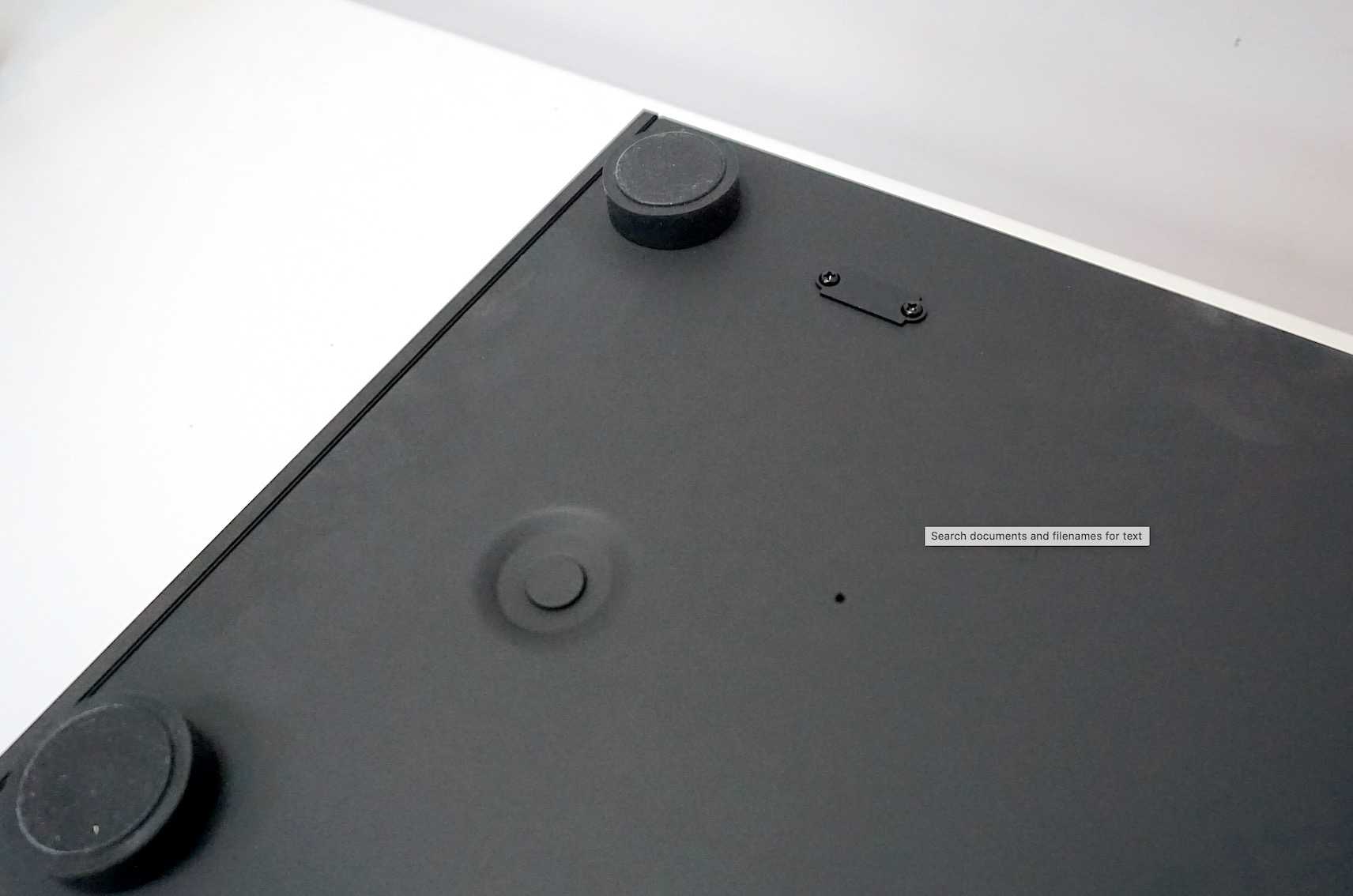
The Heed offered the better bass response in absolute terms but, like earlier models, the 9000CDT provided the better tonal balance. So the 9000CDT bass was here in abundance. The 9000CDT is certainly not bass light. There’s plenty here in the lower frequencies but the bass integrates itself into the mids and treble very well indeed so that that each frequency type easily slots into each other.
Music, therefore, sounds ‘right’. It sounds ‘correct’. There’s a real Yin and Yang thing roaming the soundstage with the 9000CDT.
Next? Well there’s the elephant in the room. The subject that we’ve yet to address. The big question.
VS THE 6000CDT
Is the 9000CDT any better or worse than the 6000CDT, also from Audiolab. The 6000CDT is a true, honest-to-goodness giant killer. In my mind, when it was released, hooked to a half-decent DAC via a coax cable, it decimated every single integrated CD player up to £3,000.
And then in walks the 9000CDT.
You can just imagine can’t you? The entire saloon falls silent. The piano player stops and looks over his shoulder. The barman hides under the counter.
Only one CD transport was going to walk out of that room.
To provide a level playing field, I maxed out the 6000CDT and hooked it up to my £3k Benchmark DAC. To my mind, this is the best quality DAC the 6000CDT can handle before it begins to falter.
Then I ran the 9000CDT in the same configuration. I played the title track of Mark Knopfler’s album, Sailing to Philadelphia featuring the vocal of James Taylor.
This track begins with a slow strum of the Knopfler electric guitar. Listening to the 9000CDT, right there and then I thought, “Ooooo.” Now, this is not the most insightful or complex critique I’ve ever delivered during my career, I have to admit but nevertheless it was a sound that came from the heart.
You see, that strum sounded rich and deep and full of resonance. And only some of that could be heard from the 6000CDT. Then the Knopfler vocal kicked in and there it was again. This time a rich, deep delivery. Knopfler’s words emerged from the gut. Not the throat, as the 6000CDT has it.
The 6000CDT offers a superb tonal balance. So does the 9000CDT but the 9000CDT has more bass to balance in the first place and its also better integrated.
James Taylor’s voice naturally sounded light, a little reedy, there’s a bit of the old nasal quality from Taylor’s voice but that vocal benefitted from a new definition via the 9000CDT. Added focus. Extra texture to give the Taylor vocal a new sense of emphasis.
All of this chat might lead you to think that I’m heading in a particular tonal direction. A warming direction perhaps? No. Not a bit of it. If you listen to the 9000CDT’s treble what you hear is still akin to the delicacy of the 6000CDT. You still get the spacious nature from the dynamic reach from cymbal hits. What the 9000CDT now adds is weight. The sense of a heavy cymbal being hit is now more apparent. You don’t just get the ‘ting’ sound from the cymbal. You also get a sense that this is a large piece of metal. There is a deep tonal response from the cymbal hits that blends beautifully with that treble-based delicacy.
And very quickly, before we end? I plugged a USB stick into the rear of the 9000CDT and listened to CD rips of Billy Joel’s My Life, Skunk Anansie’s Hedonism and the Sugababe’s Stronger. All sounded excellent. Possibly slightly drier in tone? Possibly lacking some of those rich qualities heard from the transport itself? Nothing bad though, it’s actually not a criticism and the music from USB is perfectly listenable but USB doesn’t thrill in the same why the CD source does.
CONCLUSION
Have you ever been to a HiFi show, visited a particular room, sat in one of the supplied chairs and listened to an expensive HiFi system valued at tens of thousands of pounds and thought to yourself, “Oh this sounds rather lovely. I wish I could afford it.”
Well, that’s how the 9000CDT sounds. But instead of costing tens of thousands, it costs just under £1,000. Also, you feel that this box offers great value for money. It has a luxurious tone, a rich and detailed response but it is also packed with high-frequency elegance combined with a frequency discipline that refuses to allow any of this information to get out of hand.
It’s this overall balance, the combination of the treble, mids and bass and how each fits into each other and how each provides space for each other that makes the 9000CDT sound so mature and grown up.
Do yourself a favour though. Buy the very best DAC you can afford and – don’t forget – grab the best coax cable you can afford. Otherwise that will become your bottleneck and you’ll ruin a brilliant CD transport.
Bottom line?
If you’re looking for a new CD player, listen to the 9000CDT first. If you’re looking to upgrade from your 6000CDT, listen to the 9000CDT first. If you are building a new HiFi system and you value the little silver disc, then listen to the 9000CDT first.
To me? Right now? As I pen the words? That’s where the 9000CDT sits. First.
AUDIOLAB 9000CDT CD TRANSPORT
Price: £999
Website: www.audiolab.co.uk
BUY HERE:
EUROPE – https://amzn.to/3xfJCSe
UK – https://ebay.us/bWhs9a or https://ebay.us/sb6ZFQ or https://ebay.us/vSyXmi
USA: https://ebay.us/OtUUWS or https://ebay.us/cmyGeq or https://ebay.us/WojaAw
GOOD: simple design ethic, value for money, rich and focused mids, tonal balance, finely detailed bass
BAD: nothing
RATING: 9
REFERENCE
Benchmark DAC2 HGC
Chord Qute HD DAC
Topping E30 DAC
Leema Essentials CD Player
Audiolab 6000CDT CD Transport
Heed Thesis Delate CD Transport
Aesthetix Calypso pre-amp
Icon Audio MB845 Mk.II monoblock amplifiers
Quad ESL-57 speakers with One Thing upgrade
Tellurium Q Statement cables
Blue Horizon Professional Rack System
Harmonic Resolution Systems Noise Reduction Components
CAD GC1 Ground Controls
Air Audio AC-2K Balanced Transformer
Russ Andrew Superrouter Grounding block
CAD GC1

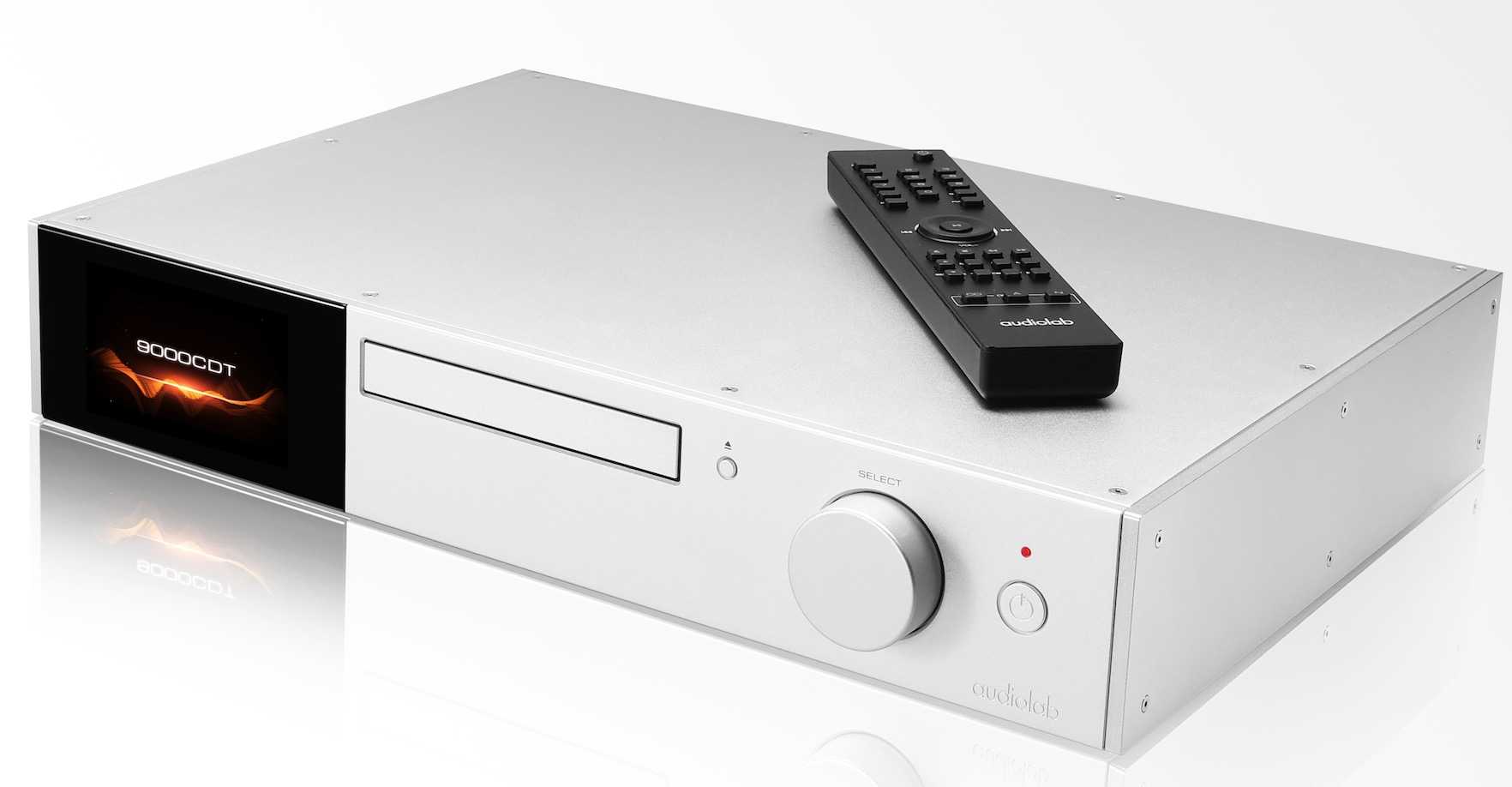
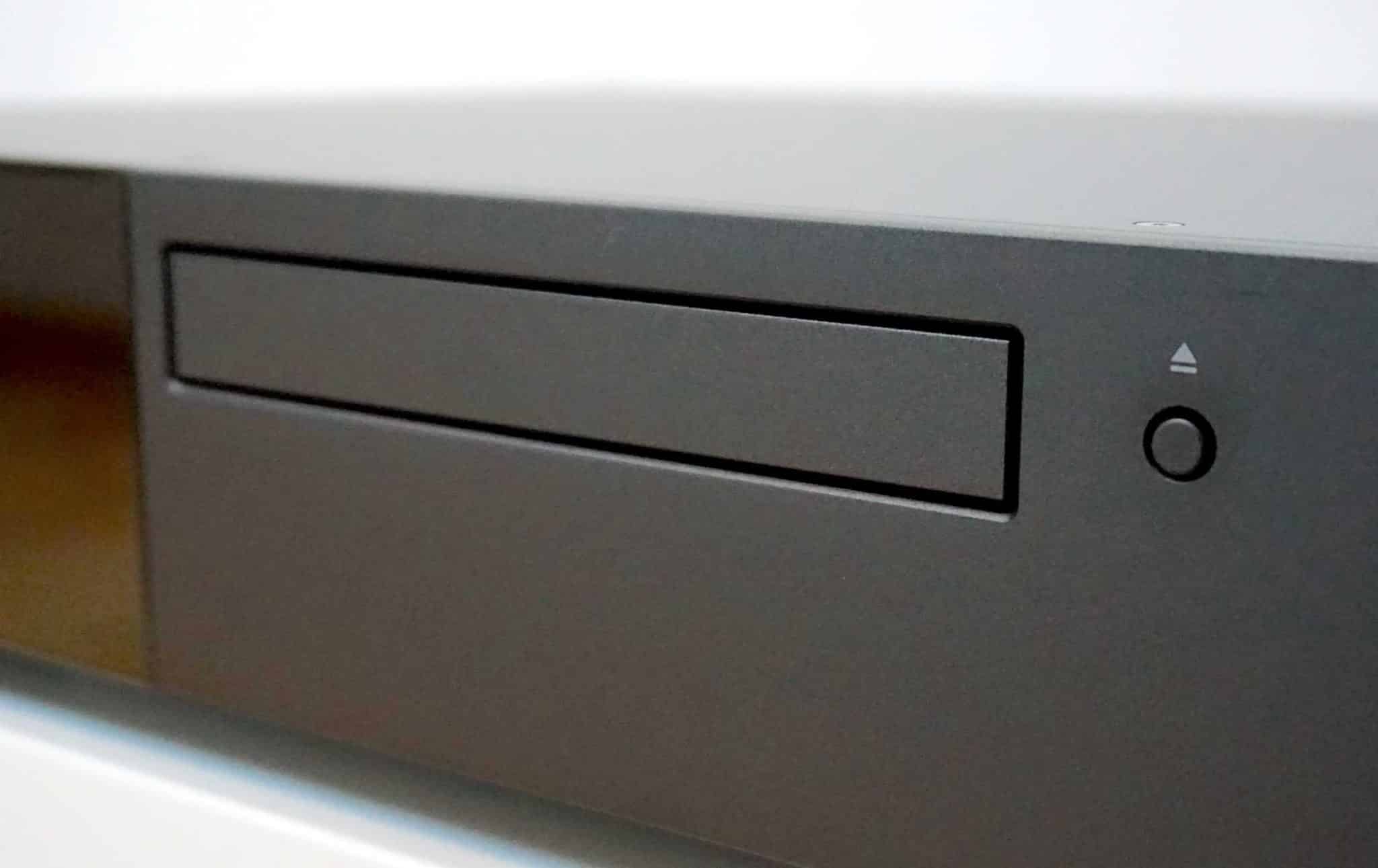
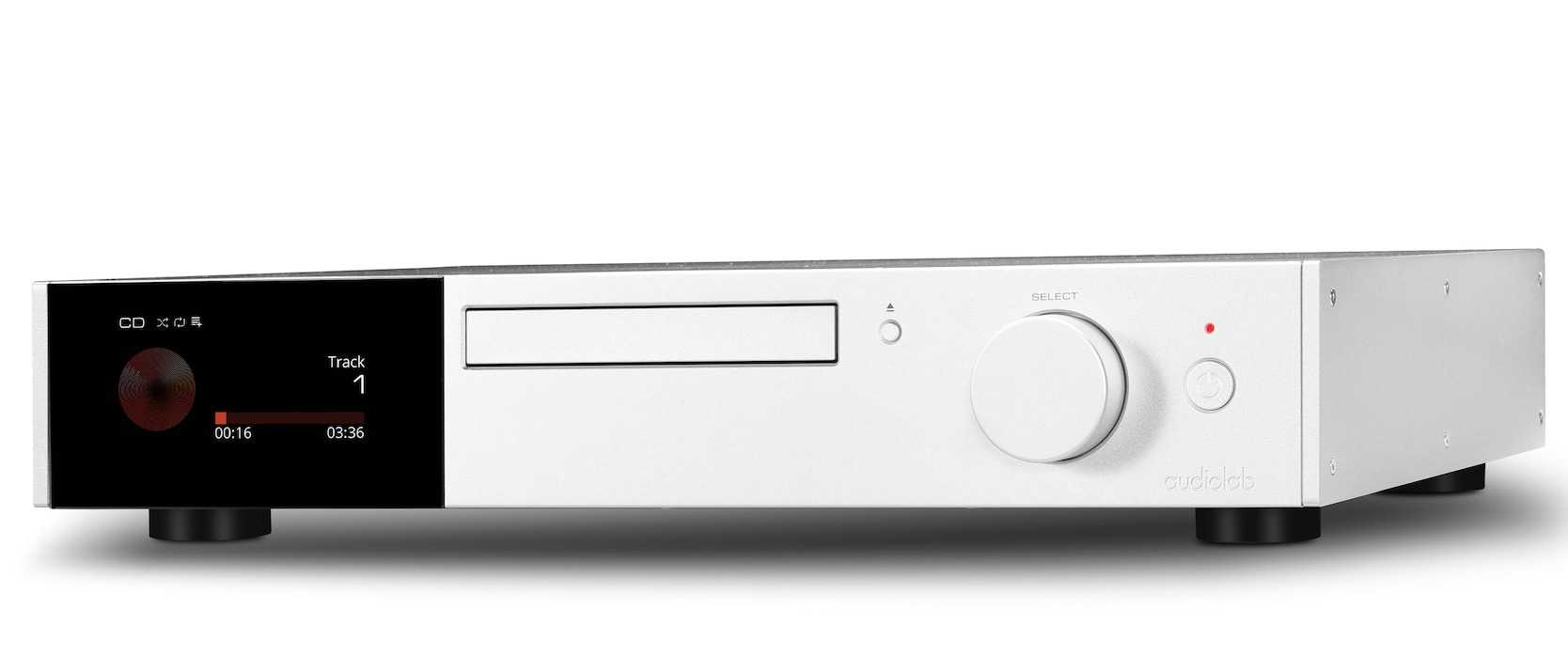
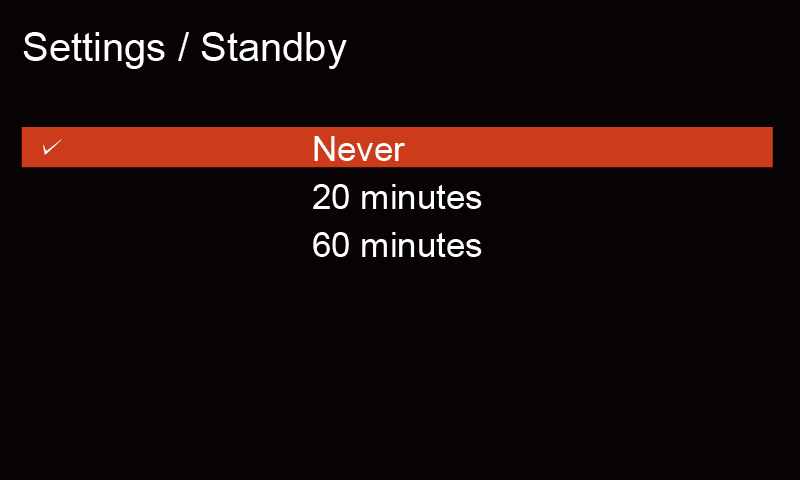
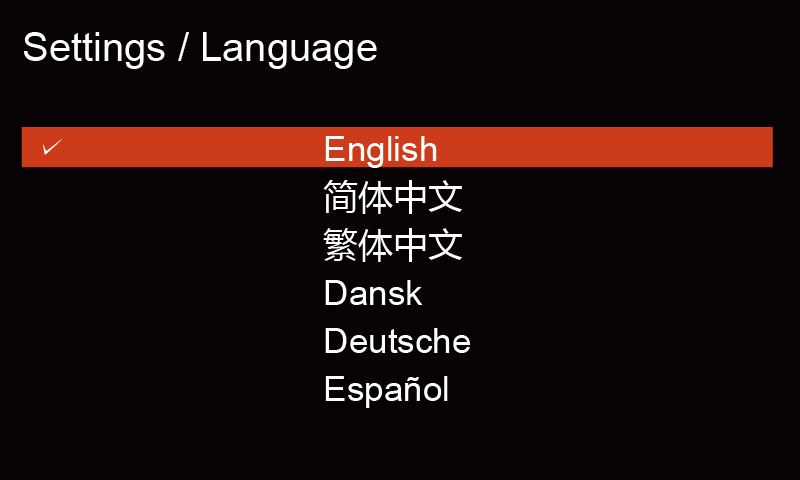
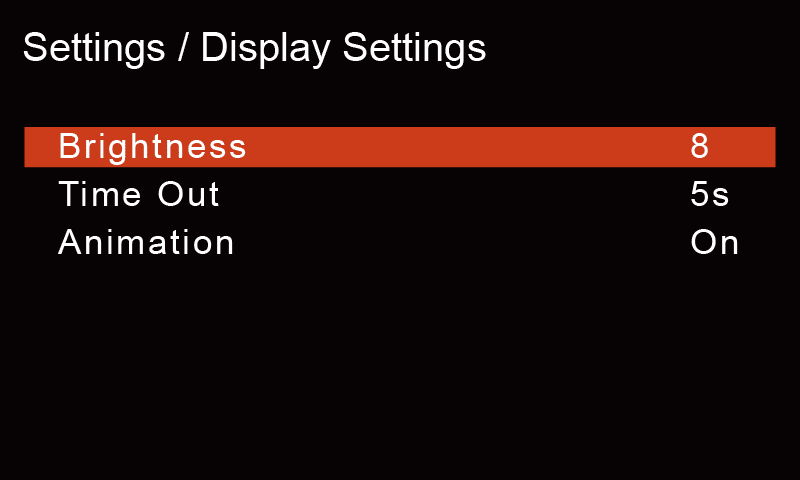
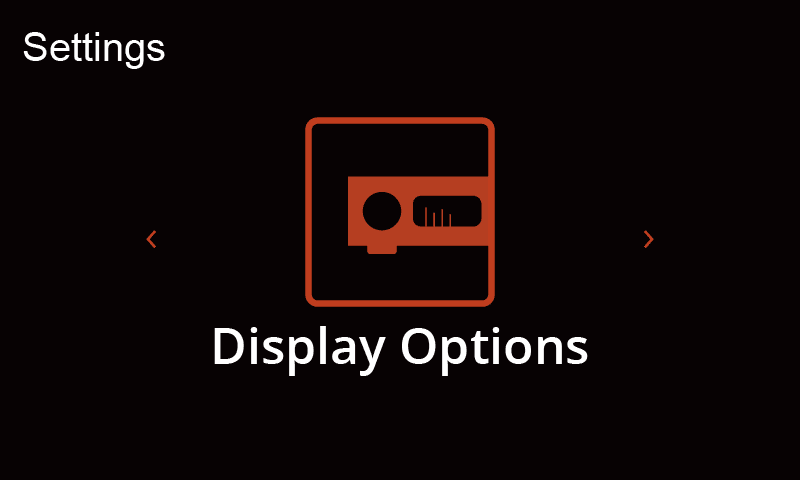
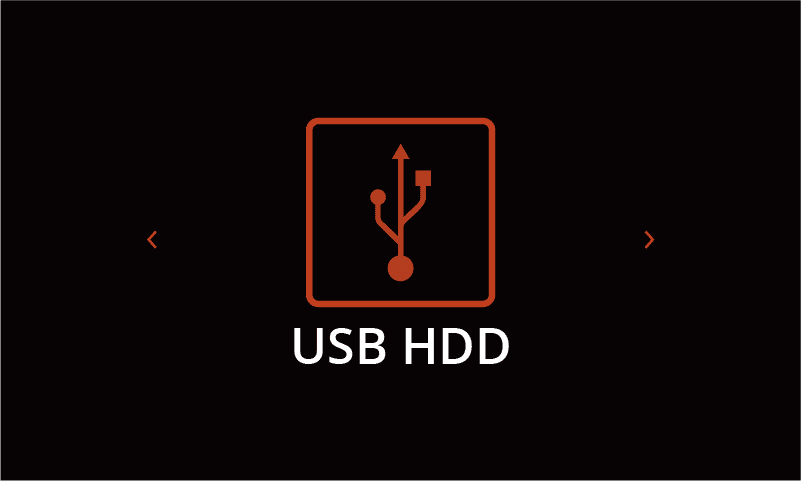



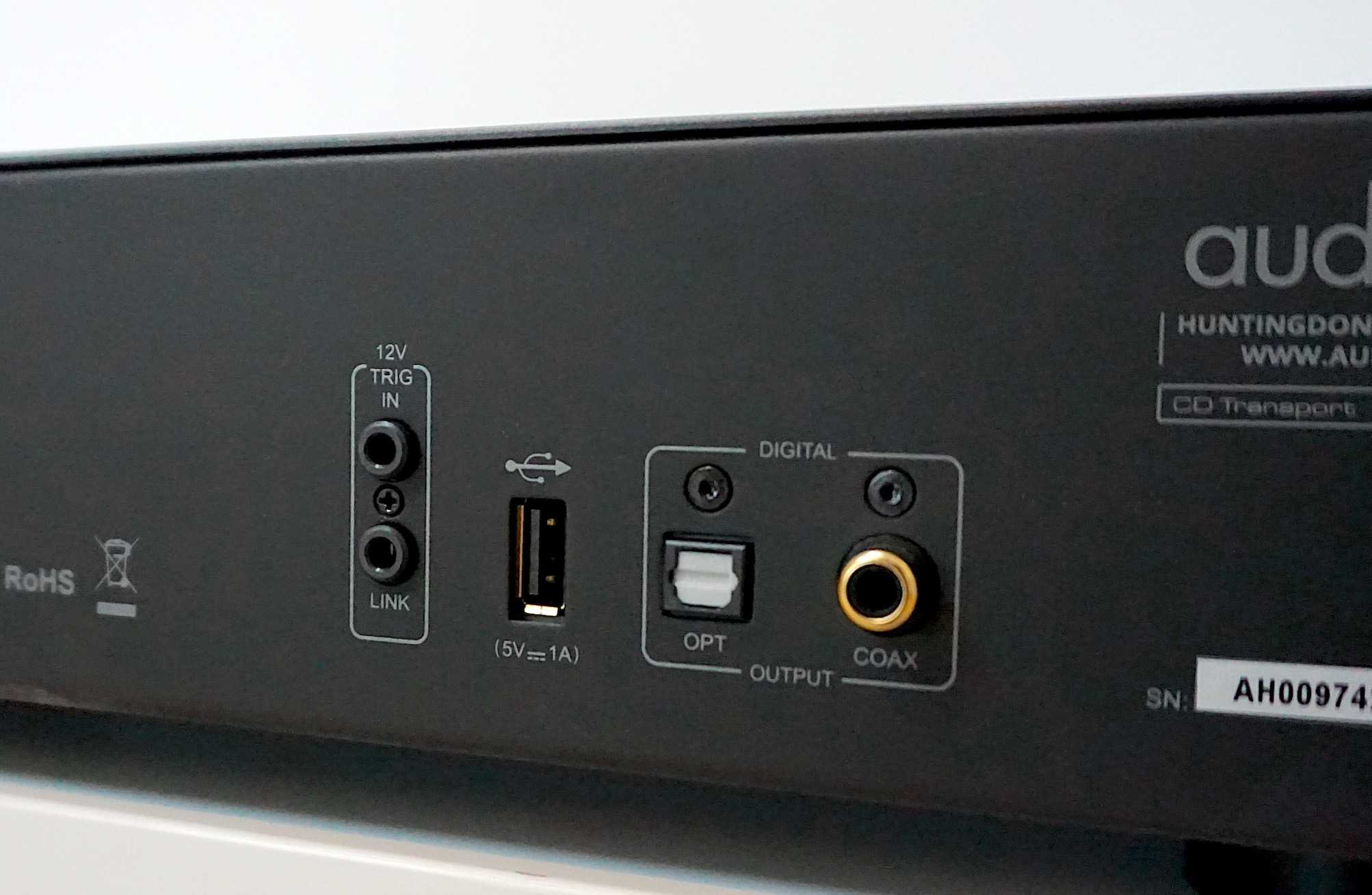
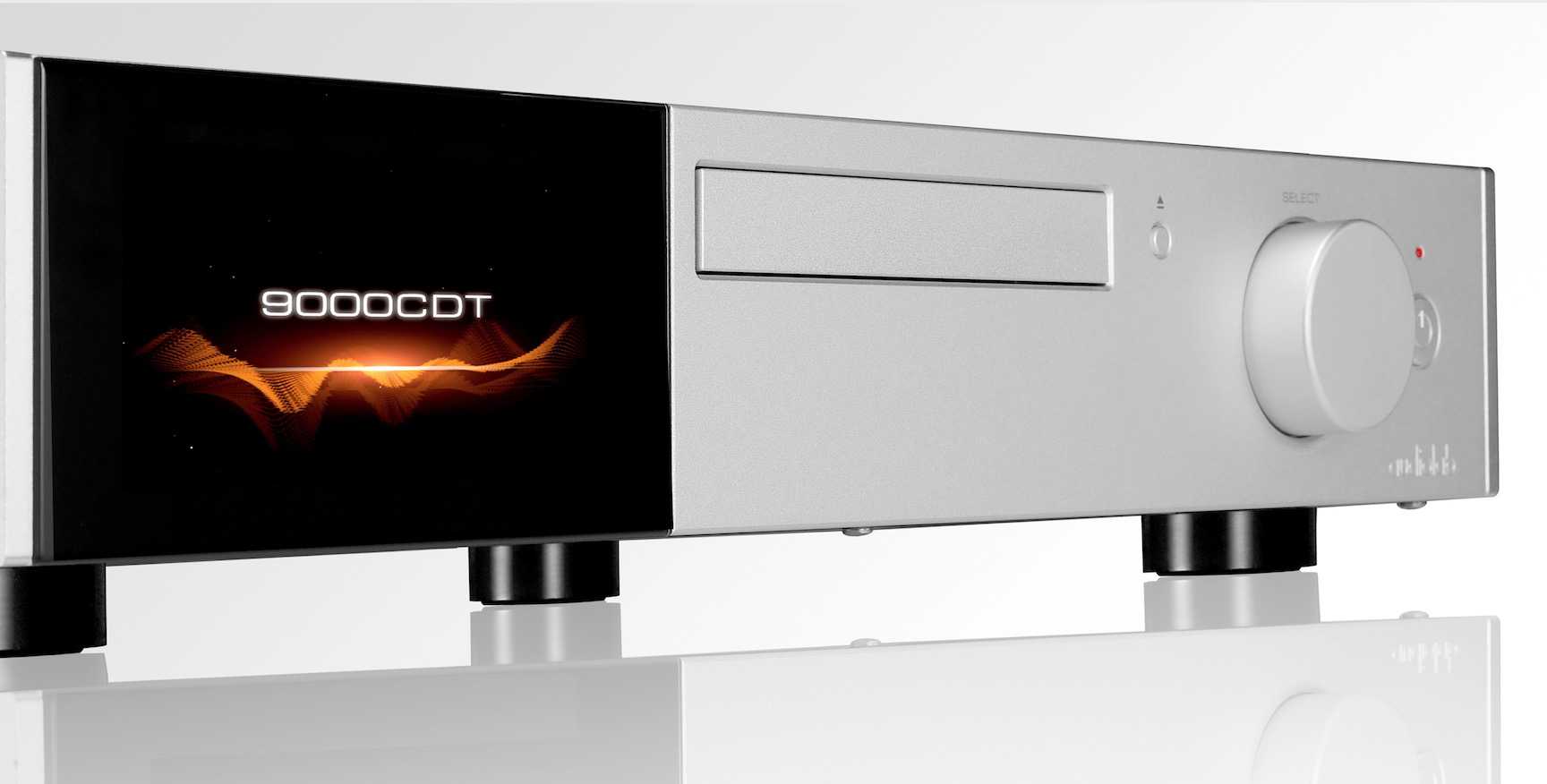

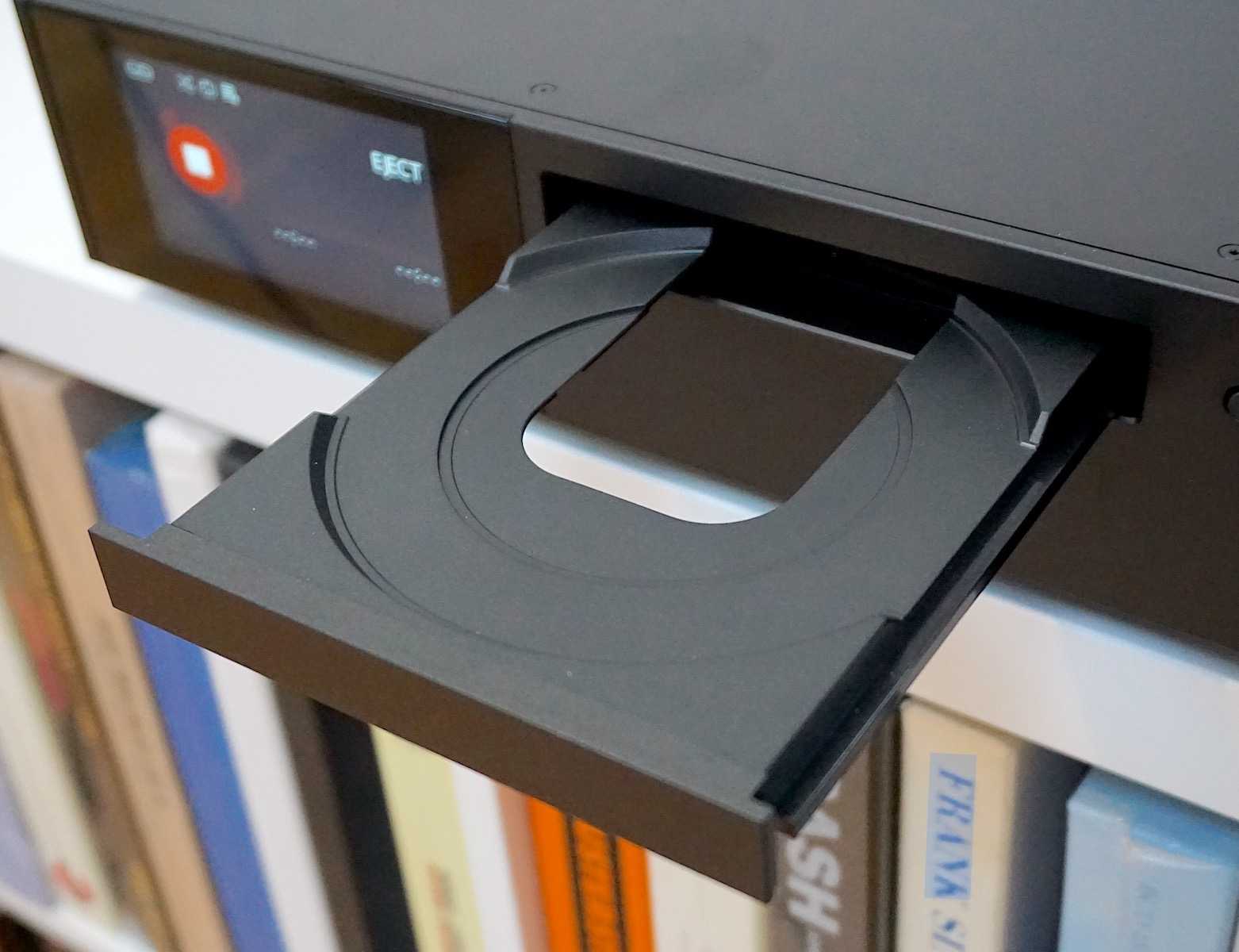
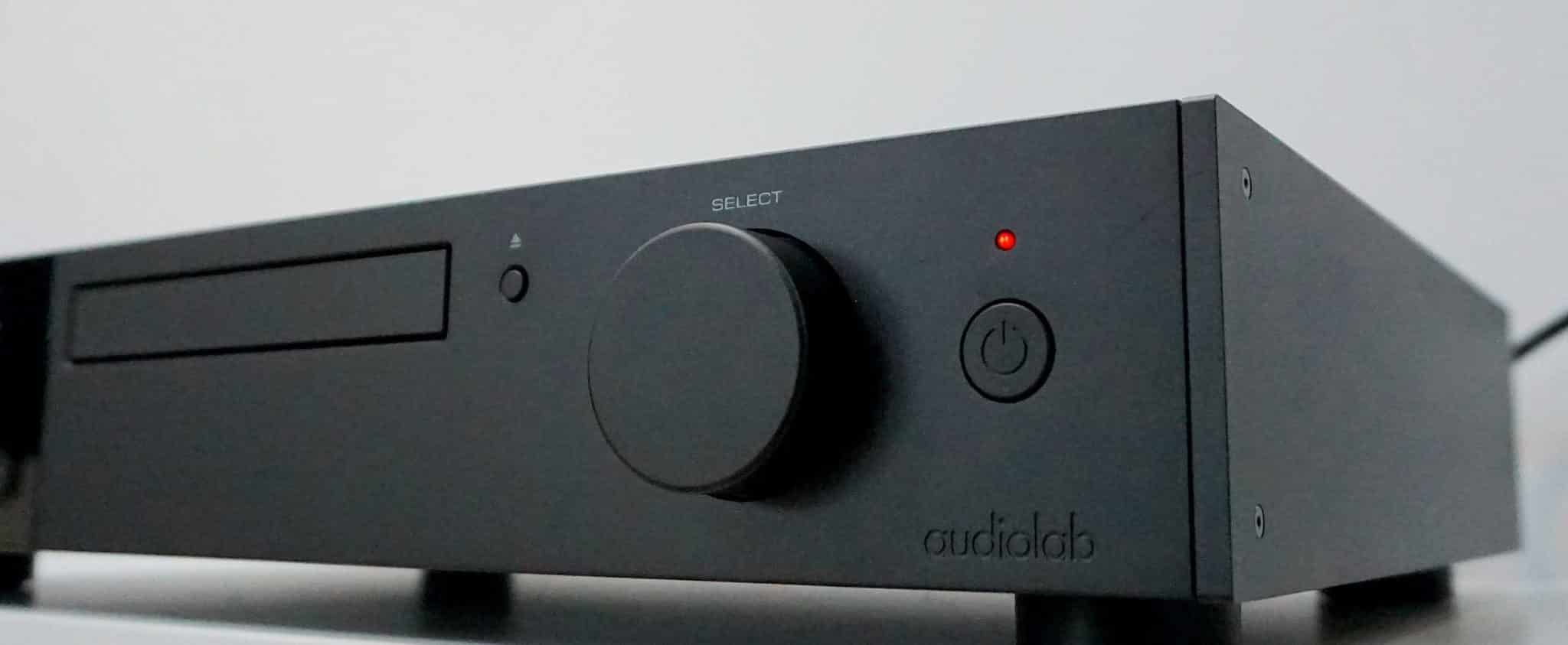
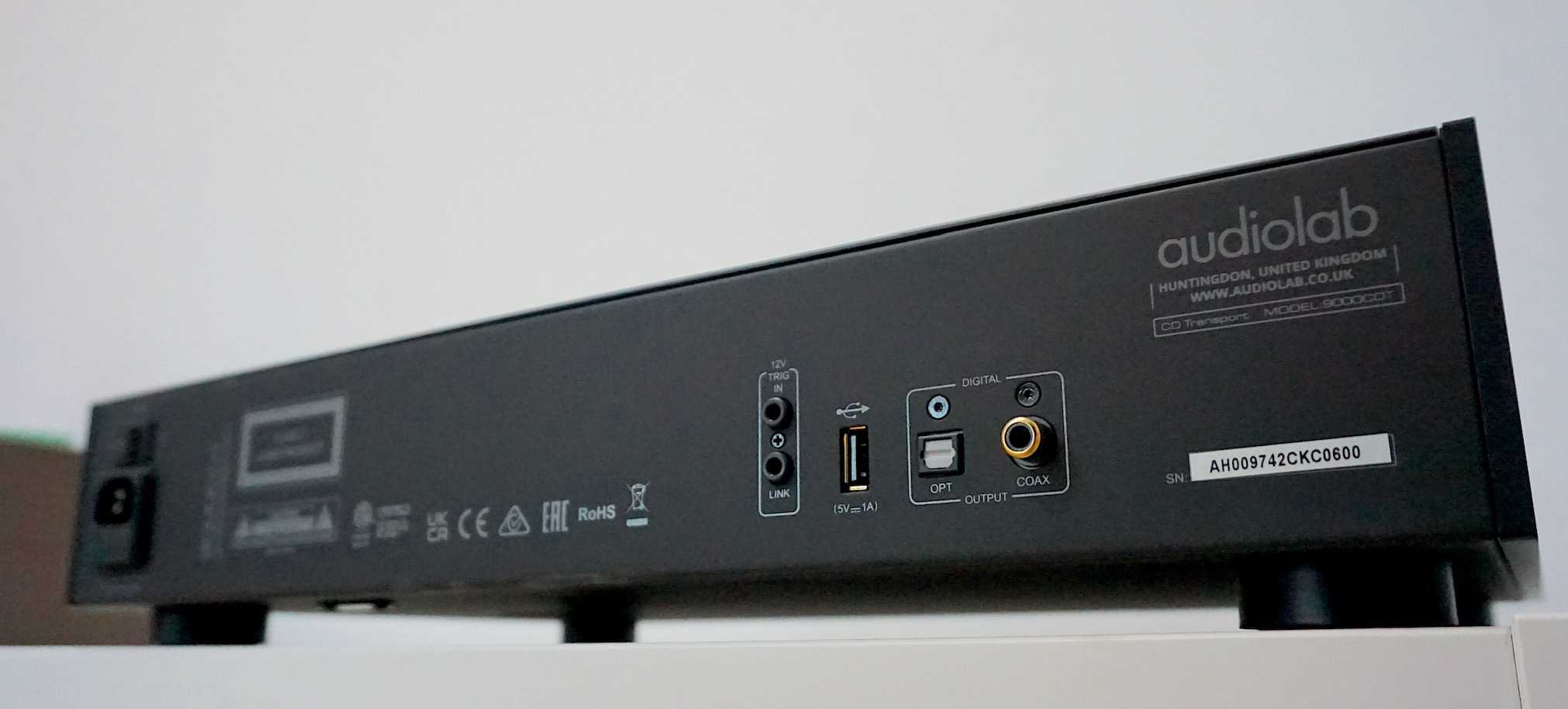

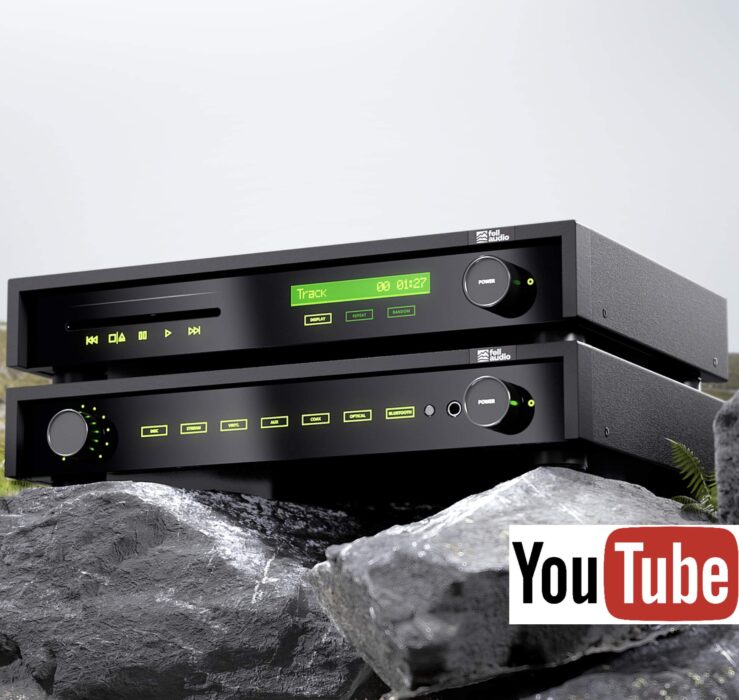

Hi Paul. Thank you for the detailed review. One quick question. Why coax? Isnt optical better for avoiding any humming? I plan to connect it to a Naim NDX2 and use its dac.
Sempre originale Paul.
Ho una copia Audiolab 6000 a + cdt.
Ovviamente mi trovo bene. Decisamente meglio rispetto alla precedente Rega Brio r. + Apollo r.
Non ho dac esterni. Uso quello del 6000a. E mi sembra naturale. Come mi sembrerebbe naturale, se avessi la copia 9000a + cdt, usare il dac del 9000a. Come mai questo è stato ignorato?
Penso sarà la prima scelta di coloro che spendono oltre 3000 euro per la copia, e gli darebbe fastidio acquistare anche un super dac.
Cosa ne pensi?
Hi Paul
Many thanks for the excellent review. I think that you absolutely nailed it. I have just bought the 9000cdt and it works beautifully in my system. The level of detail is magnificent as is the way it handles the move from the quietest of sounds to the huge sounds of very largest (and loudest) works such as the Widor Symphony No6 as played on the organ of Liverpool Anglican Cathedral by Ian Tracey) (on Chandos 9716) – a monumental challenge for any audio system, which includes an earth moving 64’ pedal stop in the first movement. I am using it with the Audiolab MDAC+ dac which seems a very good partner. The system consists is made up of SME, Luxman and Harbeth M40.2 loudspeakers assisted by BK subwoofers. What is interesting and in my experience it performs equally well with small scale intimate music.
Again many thanks and keep up the good work
Thanks for the report, David.
have you heard the new SMSL P200T transport that has garnered a lot of praise. its a top loader and as a consequence requires a bit of fuss to load a CD. for that reason i would prefer a tray loader providing it was engineered properly. the Teac VRDS is out of my budget. just wondering how these two players would stack up? i2s is another issue that i wish Audiolab would have added as an option. thanks
Hi Rudy – after a couple of false starts, I am now talking to the company. So…you never know. Thanks for the head’s up.